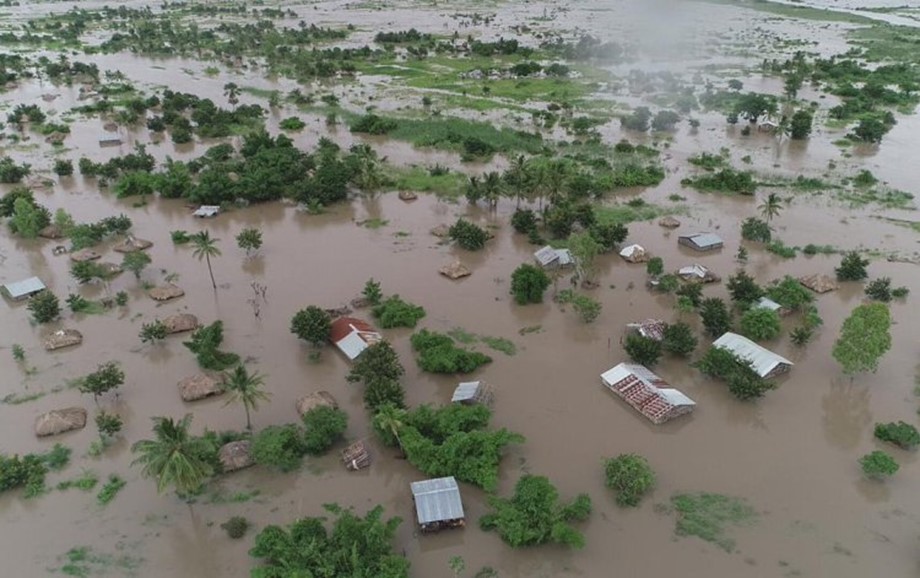Tropical Cyclone Idai made landfall on 14 March in the district of Dondo, Sofala province in Mozambique, with heavy rain and winds of up to 177 km/h (106 mph).
The UN Office for the Coordination of Humanitarian Affairs in Mozambique said at least 48 people have died. The Red Cross said the “scale of devastation is enormous.”
Idai also brought strong winds and flooding to parts of Zimbabwe from around 15 March, where over 30 deaths have been reported and over 100 people are missing. The President has declared a state of disaster.
Further heavy rain and strong winds are forecast in Sofala, Manica, Tete, Inhambane and Gaza Provinces in Mozambique and also for eastern Zimbabwe. A Red Alert is in effect for flooding along the River Buzi in Mozambique, with a high risk of floods in Buzi and Pungoé.
This cyclone follows a week of heavy rains and flooding across southeast Africa that has already killed dozens of people in Malawi, Mozambique, and South Africa. The Red Cross said that more than a million people have been affected in total.

Mozambique
Reports from the World Food Programme (WFP) indicate that the cyclone affected mostly the provinces of Sofala, Manica, Zambezia, Inhambane and Tete.
The UN Office for the Coordination of Humanitarian Affairs (UNOCHA) in Mozambique said that “the death toll from Cyclone Idai’s landfall was at least 48 and is expected to increase in the days ahead as the full extent of the disaster becomes known.”
Local media, citing a source at the National Institute for Disaster Management (INGC), said that the deaths are mainly due to drowning and the collapse of homes and other infrastructure. INGC estimates that 600,000 people are in need of urgent assistance.
Mozambique’s port city of Beira has been severely damaged. Jamie LeSueur, who is leading the Red Cross (IFRC) assessment team into Beira, said, “The situation is terrible. The scale of devastation is enormous. It seems that 90 per cent of the area is completely destroyed.”
“Communication lines have been completely cut and roads have been destroyed. Some affected communities are not accessible….Beira has been severely battered. But we are also hearing that the situation outside the city could be even worse. Yesterday, a large dam burst and cut off the last road to the city,” LeSueur added.
Massive destruction of livestock and planted crops has also been reported in affected areas. UNOCHA said that, “As this damage is occurring just before the main harvest season, it could exacerbate food insecurity in the region.”
Zimbabwe
The Cyclone Idai weather system moved on to eastern Zimbabwe on 15 and 16 March, with Chimanimani, Chipinge, Nyanga and Mutare districts in Manicaland Province hardest-hit. The President has declared a state of disaster.
According to the UN, the storm “caused high winds and heavy precipitation in Chimanimani and Chipinge districts causing riverine and flash flooding and subsequent deaths, destruction of livelihoods and properties.”
At least 1,600 households (8,000 to 9,600 people) have been affected in Chimanimani, Chipinge, Nyanga and Mutare districts, Manicaland Province, as a result of flooding and landslides, according to initial information. The town of Chimanimani has reportedly been cut-off by floods and landslides.
The UN said that at least 31 deaths have been reported and over 100 people are missing, according to preliminary information. The death toll may rise in the days ahead as further information regarding the storm’s impact becomes available.

